Search results for query: *
- Order by date
-

Tree covered in poison ivy
If the vine is still alive, the oils will spread every time you cut and touch the cut area. It does not matter what season. I frequently climb and cut poison ivy covered trees/trunks but I do not wash my gear afterwards. It all depends on your level of reaction.- Patrick A
- Post #2
- Forum: Climbing Forum
-

Sizwill? Sizwheel? Whizzy? WTH (What the Heck)
BLM and Forest Service have 1000's of acres of old growth here that won't ever be cut. I do think some of it should be saved. Most of it is over-ripe, rotten, and falling down or burning up. I wouldn't want to cut it if we could. On the other hand... It's a publicly owned resource that has...- Gypo
- Post #128
- Forum: Tree Felling and Rigging
-
W
Tree covered in poison ivy
I’ve got to climb a tree that has poison ivy on it for the first time. How do you guys deal with it? Am I going to have to wash all my gear after? Throwline? Ropes? Harness? Is poison ivy dormant in the winter? Will I have to even worry about it?- Wwallace52590
- Thread
- Replies: 1
- Forum: Climbing Forum
-

Instagram
What a cutie, I just pick them up by hand, or if they are already upset by others, use my hat, baskets are for people who use handbags. Edited to add Merry Christmas to you all.- Trains
- Post #1,576
- Forum: Odds and Ends
-

How'd it go today?
Saw mix in a paper cut is particularly memorable. So is break cleaner. Just a different level of pain all together.- flushcut
- Post #89,919
- Forum: Odds and Ends
-

What's the weather like in your neck of the woods?
I reckon- davidwyby
- Post #8,888
- Forum: Odds and Ends
-

Sizwill? Sizwheel? Whizzy? WTH (What the Heck)
Totally agree with that entire statement, but is that being practiced anywhere in the US where there is old growth? To take old growth you have to clear cut, no? And taking old growth on steep ground as in that IG post is particularly problematic due to erosion and reforestation difficuly- cory
- Post #127
- Forum: Tree Felling and Rigging
-

Sizwill? Sizwheel? Whizzy? WTH (What the Heck)
Cutting all of anything is no bueno, but leaving all of everything or any one thing is not always a good plan. There is a balance. Looking at what goes on in the rainforests in the tropics is an out rage. Looking at logging ops in the Northern hemisphere, much less so.- CurSedVoyce
- Post #126
- Forum: Tree Felling and Rigging
-

Sizwill? Sizwheel? Whizzy? WTH (What the Heck)
You stagger in different generations of trees along with saving old growth. If you only leave one generation of trees, such as old growth, something will inevitably evolve to kill them. Allowing generational growth adaptation to environment, and keeping the forest floor healthy, along with less...- CurSedVoyce
- Post #125
- Forum: Tree Felling and Rigging
-

What's the weather like in your neck of the woods?
@davidwyby , from what I am seeing in the hills of Wright wood, should be tons of work down yonder way.- CurSedVoyce
- Post #8,887
- Forum: Odds and Ends
-

Sizwill? Sizwheel? Whizzy? WTH (What the Heck)
News flash Stephen? Fully agree about logging and trees and that old growth is not renewable, which was my point. I've have probably cut tens of thousands of trees in my logging and tree work career, or a least I'd safely guess 10k+ trees so arguably I have a viable perspective on trees, their...- cory
- Post #124
- Forum: Tree Felling and Rigging
-

Sizwill? Sizwheel? Whizzy? WTH (What the Heck)
Yes. One that would require rigging, not cut and chuck. A long, diagonal to the grain hinge- SeanKroll
- Post #123
- Forum: Tree Felling and Rigging
-

What's the weather like in your neck of the woods?
Rain and calm after rain and wind. In the middle of a 150' doug-fir (if my climbline is 250') that started making a crack in the gravel driveway. Barely seen by the neighbor by luck. A house would have been hit by this tree at 70' so probably 1.5' thick. We raked and tamped the gravel to...- SeanKroll
- Post #8,886
- Forum: Odds and Ends
-

How'd it go today?
Gotta remember PPE when opening gifts! 🤣- treesmith
- Post #89,918
- Forum: Odds and Ends
-

Full chisel 1/4” .043 cahin
I was just thinking about chain longevity being I am not familiar with that brand. But full chizzy is tempting.- flushcut
- Post #5
- Forum: Chainsaws!
-

How'd it go today?
Paper cuts can be painful for true. Any injury under a fingernail multiplies the discomfort quotient. Happy Christmas, David! :)- Burnham
- Post #89,917
- Forum: Odds and Ends
-

Sizwill? Sizwheel? Whizzy? WTH (What the Heck)
You’re thinking outside the box? Lol Sizable limbs?- flushcut
- Post #122
- Forum: Tree Felling and Rigging
-

What's the weather like in your neck of the woods?
Bet you got a guy!- SeanKroll
- Post #8,885
- Forum: Odds and Ends
